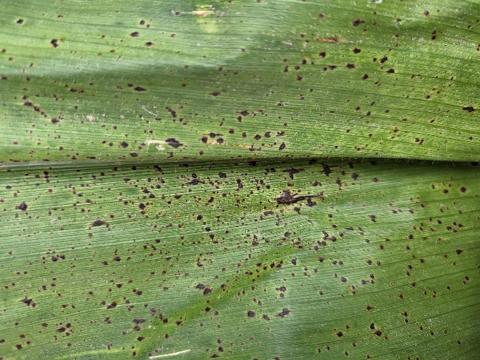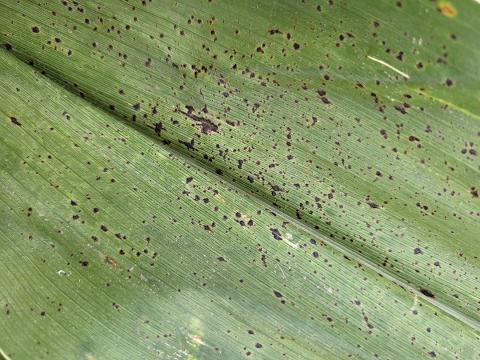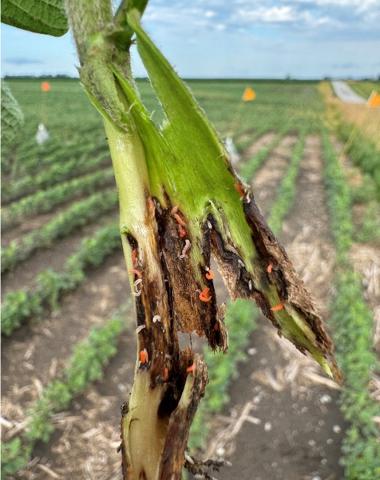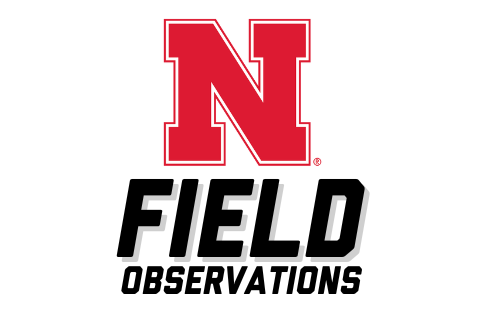Information in this section was developed by the Extension Plant Pathology Team in the University of Nebraska–Lincoln Department of Plant Pathology. It's designed to help crop producers, agricultural consultants, extension educators, and other agricultural professionals in Nebraska identify and manage plant diseases, a major yield limiting factor for many Nebraska crops. The most critical issue for profitable management of plant diseases is obtaining a correct diagnosis. In any given year, the question is not whether diseases will occur in Nebraska but rather which diseases will occur and at what incidence and severity.
Many factors influence disease development in plants including hybrid/variety genetics, age of the plant at the time of infection, environment (e.g., soil, climate), weather (e.g., temperature, rain, wind, hail, etc.), single versus mixed infections, and genetics of the pathogen populations. Due to variation inherent in these factors, diagnosis of plant diseases can be difficult at the early stages of disease on individual plants as well as at the early stages of an epidemic. However, for many diseases symptoms do become diagnostic at some stage of disease development and a reasonable level of confidence can be placed in diagnoses based on these symptoms.
Contact the University of Nebraska-Lincoln Plant and Pest Diagnostic Clinic in Lincoln and the Panhandle Plant Disease Diagnostic Lab in Scottsbluff for assistance with diagnosis or confirmation. For many diseases, symptoms become diagnostic and a reasonable level of confidence can be placed in diagnosis based on symptoms.
Information on the pathogen, symptoms, favorable environmental conditions, management, and related links for each disease are listed by crop:
Plant Diagnostic Clinics
UNL offers two Plant Diagnostic Clinics — one in Lincoln and one in Scottsbluff. For all samples please submit a Sample Submission Form.
Lincoln — Plant and Pest Diagnostic Clinic
Located in the Department of Plant Pathology, this facility provides diagnostic services in plant pathology, entomology, horticulture and weed science. In addition to accurate diagnosis of your pest problems, you will be provided with current information about the disease and management recommendations. Learn more about services and how to submit a sample.
Scottsbluff — Panhandle Plant Disease Diagnostic Lab
Located at the Panhandle Research and Extension Center at Scottsbluff, this lab focuses only on plant disease identification. Most of its samples are of sugar beets or soil samples from sugar beet fields; however, diagnostic services are provided for any diseases encountered in the Panhandle. Learn more.
Plant Disease Video Library
Thirty videos on identification and management of corn and soybean diseases are available at UNL CropWatch on YouTube. Go to the field with UNL Plant Pathologists Tamra Jackson-Ziems and Loren Giesler as they show you what to watch for to correctly identify and manage Nebraska crop diseases.




